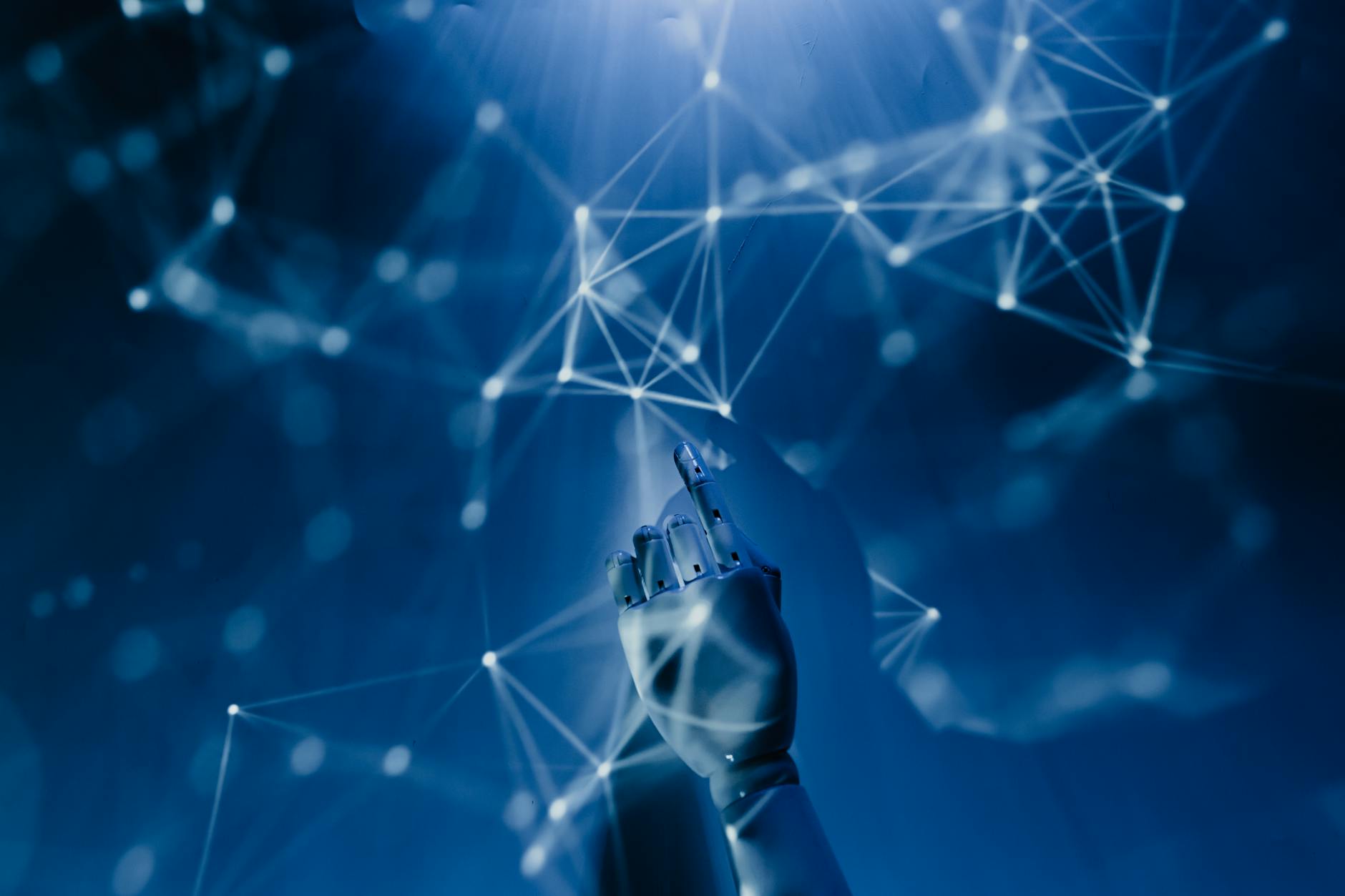
AI-Powered Cybersecurity: The Future of Digital Defense (And Why You Should Care)
Picture this: It’s 3 AM, and your company’s network is under siege. Hackers are launching a sophisticated attack, but instead of waking up to a disaster, your AI-powered cybersecurity system has already neutralized the threat—before your first cup of coffee. Sounds like sci-fi? Welcome to 2024, where AI isn’t just changing cybersecurity; it’s rewriting the rules entirely.
What Is AI-Powered Cybersecurity?
At its core, AI-powered cybersecurity leverages machine learning, behavioral analytics, and automation to detect, prevent, and respond to threats faster than any human ever could. It’s like having a hyper-vigilant guard who never sleeps, learns from every attack, and adapts in real-time.
How AI Is Revolutionizing Cybersecurity
Gone are the days of relying solely on signature-based detection (you know, the digital equivalent of a “Wanted” poster). Modern threats evolve too quickly for that. AI steps in by:
- Detecting anomalies: Spotting deviations from normal behavior (like a finance employee suddenly accessing R&D files at midnight).
- Automating responses: Containing threats before they spread—think of it as a cyber fire extinguisher that activates itself.
- Predicting attacks: Using historical data to forecast where hackers might strike next.
2025 Trends: Where AI Cybersecurity Is Headed
As someone who’s spent a decade in this field, let me tell you—the next 18 months will be wild. Here’s what’s coming:
- AI vs. AI warfare: Hackers are already using AI to craft phishing emails that bypass traditional filters. Defense systems will need to counter with even smarter AI.
- Self-healing networks: Systems that don’t just detect breaches but automatically patch vulnerabilities—like a digital immune system.
- Regulatory growing pains: Governments will scramble to create frameworks for ethical AI use in security (cue the inevitable compliance headaches).
Traditional vs. AI-Powered Cybersecurity: A Side-by-Side Comparison
| Feature | Traditional Cybersecurity | AI-Powered Cybersecurity |
|---|---|---|
| Threat Detection | Signature-based (known threats only) | Behavioral analysis (catches zero-day attacks) |
| Response Time | Hours to days | Milliseconds |
| Adaptability | Manual updates required | Learns and improves autonomously |
| False Positives | High (like a car alarm that goes off in the rain) | Low (more like a discerning bouncer) |
The Human Element: Why AI Needs Us (And Vice Versa)
Here’s where I get opinionated: AI won’t replace cybersecurity professionals—it’ll make them superheroes. Early in my career, I spent nights chasing false alarms. Today, AI handles the grunt work, freeing my team to strategize. But remember:
- AI can’t negotiate with ransomware gangs (yet).
- Someone needs to explain to the CEO why the AI blocked their favorite sketchy VPN.
- Humor me: We’ll always need humans to unplug and replug things when all else fails.
FAQs About AI-Powered Cybersecurity
Is AI cybersecurity expensive to implement?
Not as much as a data breach! Many solutions now offer subscription models. Plus, the ROI in reduced incident response costs is staggering.
Can AI-powered systems be hacked?
Yes—which is why the best systems include AI to defend their own AI. Meta, right?
Will this put cybersecurity jobs at risk?
Absolutely not. The field is growing 3x faster than average. AI just changes the job description from “firefighter” to “fire marshal.”
The Bottom Line: Future-Proof Your Defenses Now
If you’re still relying solely on traditional tools, you’re bringing a knife to a drone fight. The good news? Implementing AI cybersecurity is easier than ever. Start with:
- A behavioral analytics tool for your network
- AI-enhanced endpoint protection
- Regular training—because the weakest link is still often the human one
Ready to upgrade your defenses? Book a consultation with our team, or download our free AI cybersecurity checklist. Because in the arms race between hackers and defenders, you want the side with the smarter algorithms.


